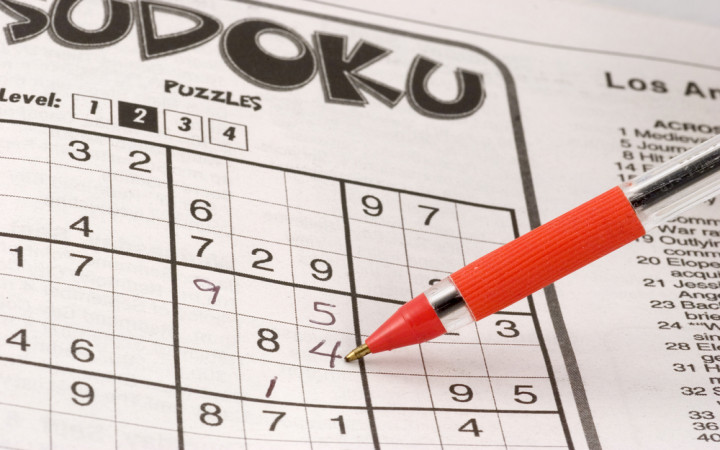Today’s Wonder of the Day was inspired by Yono. Yono Wonders, “How to create a Sudoku puzzle?” Thanks for WONDERing with us, Yono!
Do you like puzzles? We're not talking about the kind of puzzles that are of 500 pieces you have to fit together to make a picture. We're talking about puzzles that test your brain in the areas of language, logic, or math.
Puzzles are a favorite pastime for people of all ages. Some people look forward to doing the morning crossword puzzle in a local newspaper as they have breakfast. Others enjoy putting their brains to the test as a way to become smarter. Still, others do puzzles to pass the time or as a hobby.
One of the most popular puzzles today is called Sudoku. A Sudoku puzzle consists of 81 boxes place in a 9X9 grid. That means there are 9 rows and 9 columns. There are also 9 sub-grids — sometimes called boxes or blocks — in 3X3 groups.
Sudoku puzzles feature numbers, but they test logic more than math. The goal of a Sudoku puzzle is to fill in the boxes with the numbers 1 through 9 in such a way that every column, every row and every 3X3 sub-grid contains all of the numbers 1 through 9.
Each digit 1 through 9 may be used only once in any particular column, row or sub-grid. Here is what a completed Sudoku puzzle looks like.
Sudoku puzzles start out with a few digits already filled in. Usually, a Sudoku puzzle has only one possible answer. Although they may sound easy, Sudoku puzzles can be very challenging.
Number puzzles began to appear in newspapers late in the nineteenth century. A puzzle very similar to a modern Sudoku puzzle appeared in a French newspaper in 1895.
The modern version of the Sudoku puzzle was probably created by a retired architect from Indiana named Howard Garns. His puzzle — called Number Place — was first published by Dell Magazines in 1979.
Japanese puzzle company Nikoli introduced this type of puzzle under the name Sudoku — which means “single number" — in 1986. By 2005, Sudoku was extremely popular all over the world.
Today, there are many different variations of Sudoku puzzles. For example, young puzzle lovers often prefer smaller versions of Sudoku puzzles, such as 4X4 grids with 2X2 sub-grids. There are also larger versions, such as the Sudoku-zilla puzzle published in 2010 that featured a 100X100 grid! Some puzzles even replace numbers with letters and are often called Wordoku puzzles.
Sudoku puzzles are found in more than newspapers. Today, you can do Sudoku puzzles in special books full of puzzles, as well as on mobile phones, computers, websites, and even video game consoles. There are even World Sudoku Championships held each year in many countries around the world.
Standards: CCSS.MATH.CONTENT.5.OA.B.3, CCRA.R.1, CCRA.R.2




